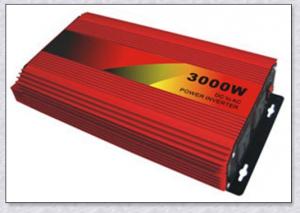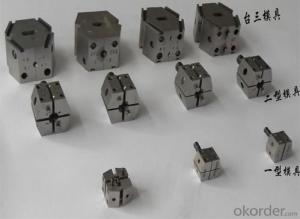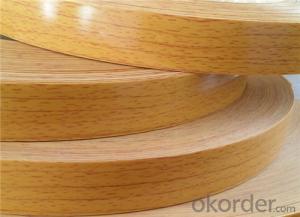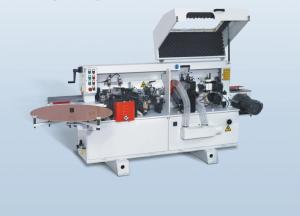Solar Edge Inverter Reset
Solar Edge Inverter Reset Related Searches
Ac Inverter For Solar Panels Solar Panel With Ac Inverter Gas Furnace With Ac Panda Hot Water Bottle Cover Minion Hot Water Bottle Cover Abb Solar Water Pump Inverter Solar Water Pump Philippines Extra Long Hot Water Bottle Solar Panel Dc To Ac Inverter Old Fashioned Hot Water BottleHot Searches
Solar Edge Inverter For Sale Fiberglass Scaffolding For Sale Fiberglass Panels For Sale Fiberglass Greenhouses For Sale Type Of Scaffolding With Pdf Solar Inverter With 2 Battery Pedestal Fan With Water Spray Price Mini Inverter With Battery Online Shopping Solar Edge Inverter Price Ceiling Fan Lowest Price Solar Edge Inverter Sizes Type Of Inverter For Solar Types Of Inverter For Solar Used Solar Inverter For Sale Inverter Size For Solar System Solar Edge Inverter For Sale 5kw Solar Inverter For Sale Solar Inverter For Sale Solar Inverter For Battery Solar Inverter For Split AcSolar Edge Inverter Reset Supplier & Manufacturer from China
Okorder.com is a professional Solar Edge Inverter Reset supplier & manufacturer, offers integrated one-stop services including real-time quoting and online cargo tracking. We are funded by CNBM Group, a Fortune 500 enterprise and the largest Solar Edge Inverter Reset firm in China.Hot Products
FAQ
- The key factors affecting the cost of a solar inverter are the type and size of the inverter, the brand and quality of the components used, the efficiency and power output rating, the features and capabilities such as grid-tie functionality or battery storage integration, and the installation and maintenance requirements. Additionally, market demand, competition, and economies of scale can also influence the cost of a solar inverter.
- Yes, a solar inverter can be used with solar-powered greenhouse systems. A solar inverter is an essential component in converting the direct current (DC) generated by solar panels into alternating current (AC) that can be used to power electrical devices. By installing a solar inverter, the solar energy collected by the greenhouse's solar panels can be efficiently converted and utilized to power various equipment and systems within the greenhouse, ensuring an environmentally friendly and sustainable energy source.
- Yes, a solar inverter can be used in a remote location without access to the grid. Solar inverters are designed to convert the direct current (DC) generated by solar panels into alternating current (AC) that can be used to power electrical devices. In off-grid systems, solar inverters are often combined with batteries to store excess energy generated during the day and provide power during the night or when sunlight is limited. This allows for the utilization of solar energy in remote locations where grid access is not available.
- The role of a power backup system in a solar inverter is to provide a reliable source of energy during periods of low or no sunlight. This backup system, usually in the form of batteries, stores excess energy generated by the solar panels and allows it to be used when the solar energy production is insufficient or unavailable. It ensures a continuous and uninterrupted power supply, even during grid outages or at night, making the solar inverter system more reliable and versatile.
- Yes, a solar inverter can be used with solar-powered emergency backup systems. A solar inverter is an essential component in converting the direct current (DC) generated by solar panels into alternating current (AC) that can be used to power appliances and devices. By connecting the solar inverter to a solar-powered emergency backup system, the excess solar energy can be stored in batteries or fed back into the grid, providing a reliable source of electricity during power outages or emergencies.
- Yes, a solar inverter can be used with a solar-powered outdoor lighting system. A solar inverter is responsible for converting the direct current (DC) generated by solar panels into alternating current (AC) that can be used to power electrical devices. In the case of a solar-powered outdoor lighting system, the solar inverter can be used to convert the DC power generated by the solar panels into AC power that can be used to light up the outdoor lights during nighttime.
- Yes, a solar inverter can be used with a solar air conditioning system. The solar inverter helps convert the DC power generated by the solar panels into AC power that is suitable for powering the air conditioning system. This allows for the utilization of solar energy to cool or heat a building, making it an eco-friendly and energy-efficient solution.
- Yes, a solar inverter can be used in areas with high altitude and low temperature conditions. However, it is important to choose a solar inverter specifically designed for such conditions, as extreme cold temperatures and high altitudes can affect the performance and efficiency of standard inverters. Specialized inverters that can withstand low temperatures and operate at high altitudes are available in the market to ensure optimal functioning of solar power systems in such environments.














































